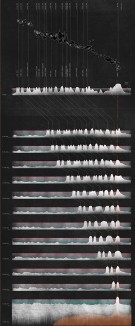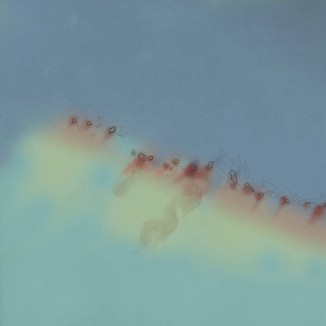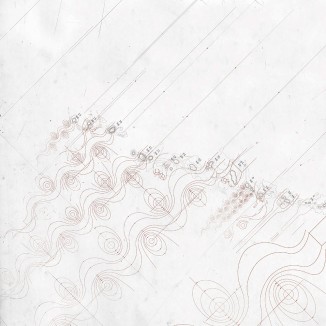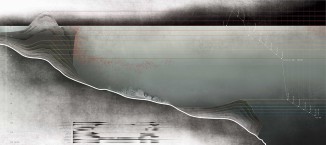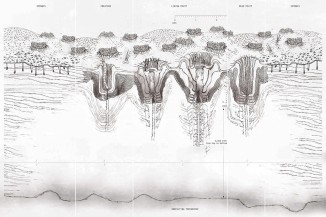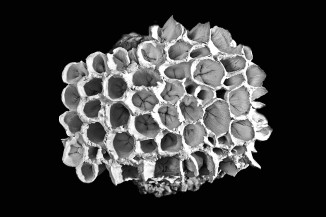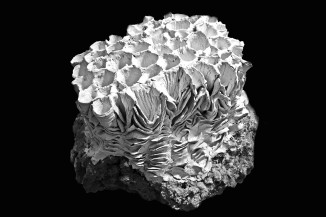Conflicts between Coral Reef Formation and Natural Erosion
This slideshow is part of: Master of Architecture II Spring 2014
Hancheng Chen
Atoll formation starts with a volcanic island which becomes extinct. As the island and ocean floor subside, coral growth builds a fringing reef, often including a shallow lagoon between the land and the main reef. As the subsidence continues, the fringing reef becomes a larger barrier reef further from the shore with a bigger and deeper lagoon inside. Ultimately, the island sinks below the sea, and the barrier reef becomes an atoll enclosing an open lagoon.
The Northwestern Hawaiian Islands comprise of small islands and atolls that are part of the Hawaiian–Emperor Seamount Chain. As they are constantly wrestling with different forces, such as the move of the tectonic plates and volcanic activity from 30 million years ago, the topography of the Northwestern Hawaiian Islands is constantly reconfigured.


